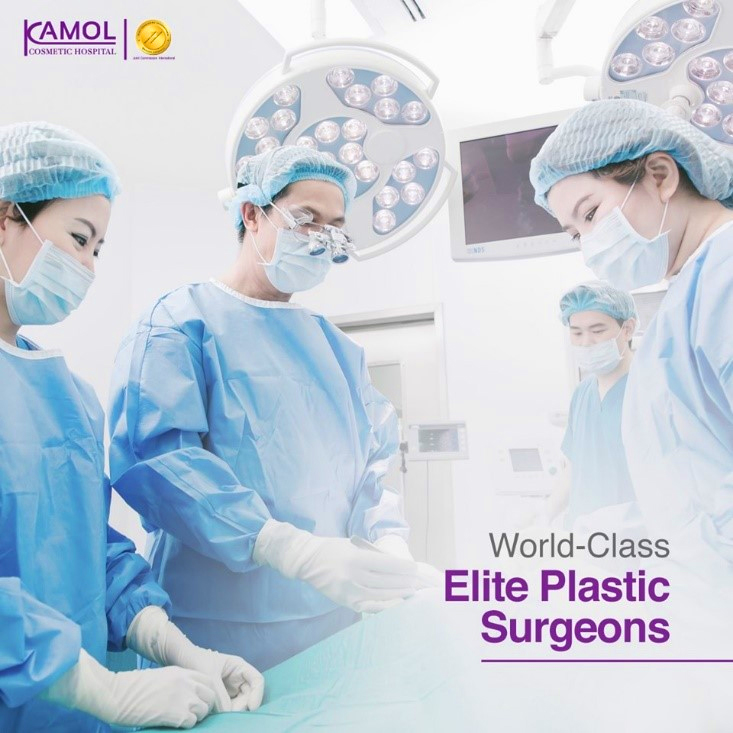Voice Feminization Surgery (VFS)
Voice affirmation surgery (VAS) is a procedure designed to achieve a more feminine speaking voice. Sometimes referred to as gender affirming voice care, the procedure is complex, and should only be performed by surgeons with specialized training and equipment. A speech pathologist will assist clints adapt their voices to achieve communication patterns consistent with gender identity.
Styles of speech, voice tones, accents and language style are highly personal, and vary greatly. Voice training alone can take years of frustrating and expensive lessons, and success is often elusive. Through voice affirmation surgery, pitch, resonance, and volume can be altered to provide a more gender appropriate speaking voice. Post-surgery, one week of silence is required prior to the introduction and lessons from trained coaches or speech pathologists.
1. Open Feminization Laryngoplasty, Cricothyroid Approximation (CTA), Thyroplasty type IV.
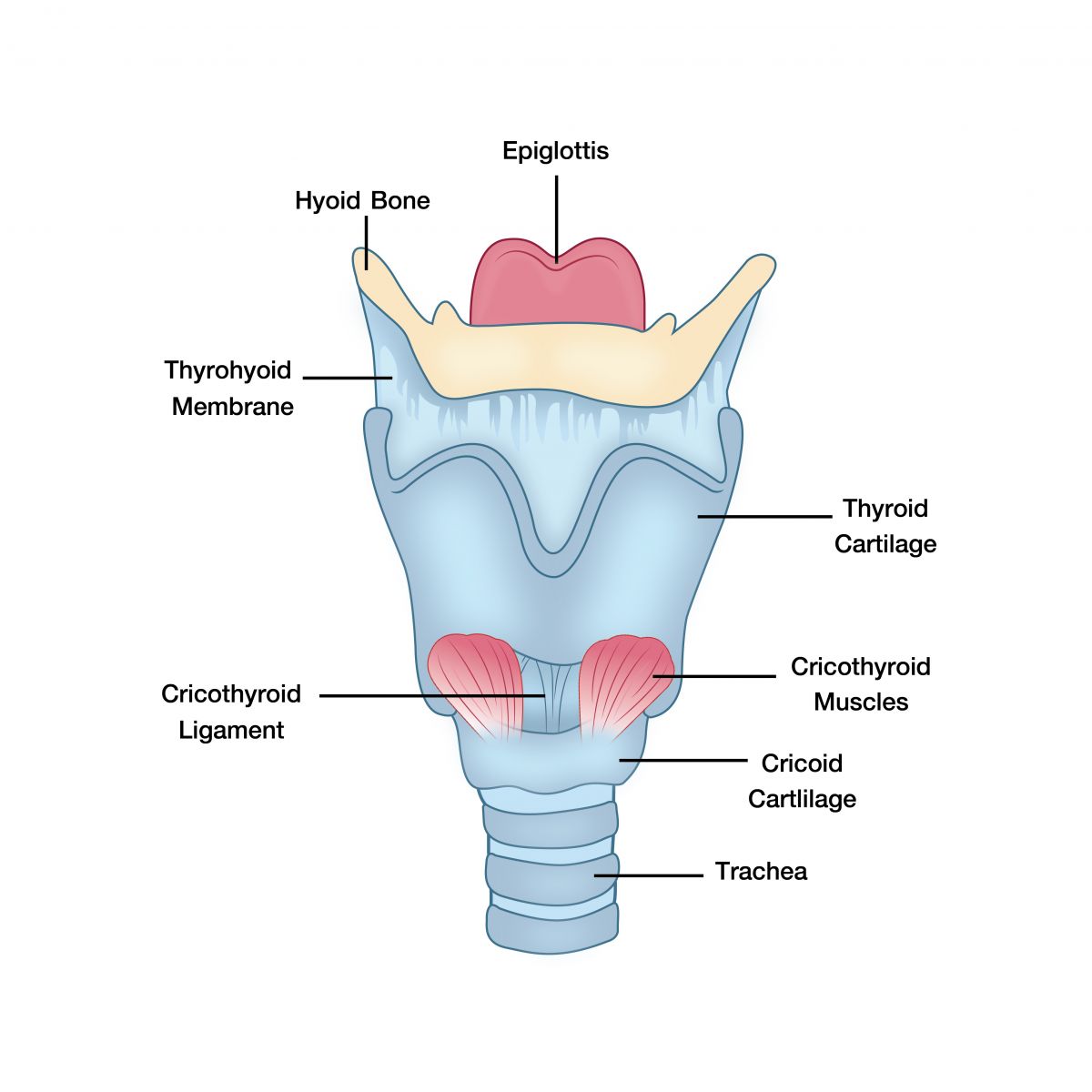
Picture 1 Shows larynx anatomy
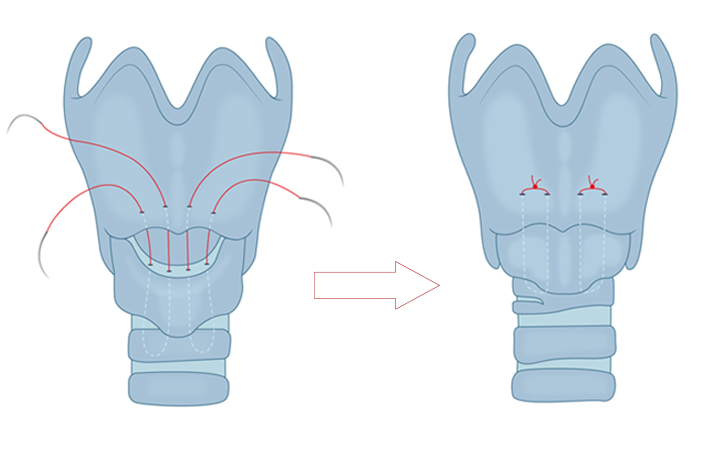
Picture 2 shows Cricothyroid approximation surgery techniques and result
Surgical technique:
The goal of this operation is to surgically move the thyroid cartilage closer to the cricoid with non-absorbable stitches. The vocal cords are not directly touched but passively stretched. This procedure results in increased vocal pitch by stimulating the contraction of the cricothyroid muscle with the suture. This increases the distance between the vocal fold attachments and raises the tension of the vocal fold. The cricoid and thyroid cartilage are moved as close as possible because postoperative reversion to a slightly lower pitch to some extent is inevitable as swelling resolves and tissues relax. The fundamental frequency of the voice rises up to perceptively overlap the biological female range. The operation is performed under general anesthesia. The duration of the surgery is about 40-50 minutes and the surgical reduction of Adam’s apple can be performed at the same time. Generally, the patient doesn’t feel any postoperative pain however pain may occur if Adam’s apple surgery is done. This pain is mild and easily controllable with painkillers.
A transverse incision scar is made in an existing skin crease and if possible at the level of the vertical midpoint of the thyroid cartilage on the throat which is a small surgical opening, around 2 cm, leaving an almost invisible scar
Advantage
-
This procedure does not interfere with or create scars on the vocal cords which could potentially lead to permanent hoarseness.
-
Theoretically reversible if the patient is dissatisfied.
-
The surgical reduction of Adam’s apple can be performed at the same time.
Disadvantage
-
Requires a neck incision.
-
Long Term results are not known as it's a newer procedure.
2. Open laryngoplasty with anterior vocal fold shaving technique
This surgical technique, known as open laryngoplasty, is performed under general anesthesia. The procedure involves making a small incision (approximately 2-4 cm) in the midline of the neck, just above the thyroid cartilage. The surgeon then opens the cartilage at the midline and removes the central segment.
The anterior part of the true and false vocal folds are then removed and pulled together. This procedure is typically done to reduce the size of the vocal folds and improve the patient's voice.
In this procedure, you can reduce the size of your Adam's apple through the same incision. Some patients might experience a vibrating quality to their voice after surgery for a few weeks, but it usually improves back to normal eventually
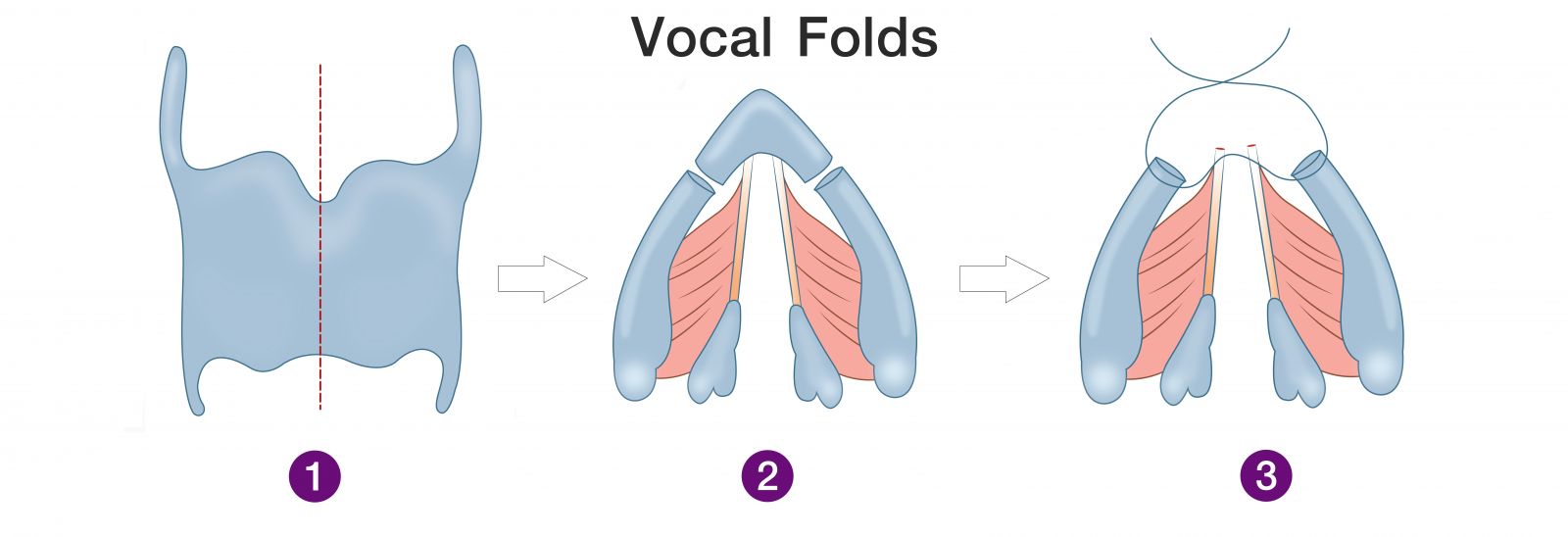
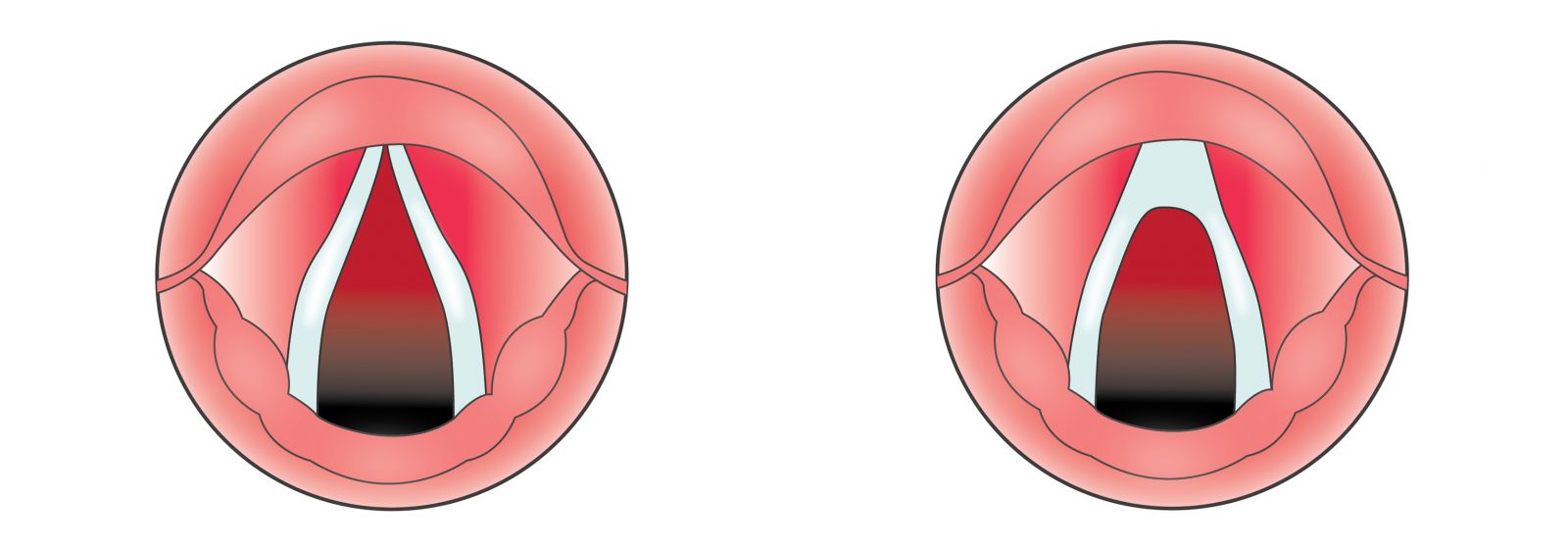
Picture 3 shows laryngoplasty with anterior vocal folds shaving and the result.
Advantage
-
Comfortable speaking pitch
-
Alters the physical size of the larynx to a close approximation of the female larynx
-
The high tone of the frequency
Disadvantage
-
The roughness of the voice in some patients
-
Risks of infection and airway compromise in the immediate postoperative
-
The procedure is longer and more complicated
-
Long time for recovery
Pre-operation
Before undergoing voice feminization surgery, you may be asked to follow certain instructions to prepare for the procedure. These instructions may vary depending on the specific needs of the individual and the recommendations of their surgeon, but they may include:
- Quit smoking and avoid tobacco use for a certain period of time before and after the surgery, as smoking can interfere with healing and increase the risk of complications.
- Avoid medications that can interfere with bleeding or healing, such as aspirin or nonsteroidal anti-inflammatory drugs (NSAIDs), unless instructed otherwise by your surgeon.
- Avoid consuming alcohol for a certain period of time before and after the surgery.
- Fast for a certain period of time before the surgery, as directed by your surgeon.
- Inform your surgeon about any medications you are taking, including prescription, over-the-counter, and herbal supplements.
- Arrange for transportation to and from the surgery, as you may not be able to drive after the procedure.
- Follow any other specific instructions provided by your surgeon, such as showering with an antimicrobial soap before the surgery.
It is important to follow these instructions carefully to ensure the best possible outcome from the surgery. If you have any questions or concerns about the instructions, be sure to discuss them with your surgeon.
Post-operative Care
- Day 1 to 7: You must maintain absolute silence until the first follow-up. There are no food and drink restrictions.
- Day 3 to 7: Keep the vocal cords lubricated by drinking lots of water and nebulizing with a sterilized saline solution.
- Day 8 to 10: After the vocal rest period a new videolarygostroboscopic and spectrum-acoustic study are performed. The outer stitches are removed, the dressing is changed and the speech therapy rehabilitation can start.
The speech therapist will teach the patient how to use her new voice in the best way possible. The final result will be seen between the third month and the eighth month after surgery. For this reason, a follow-up is recommended in the third, sixth, and twelfth months after surgery.
Note:
The surgical team reserves the right to assess the feasibility case by case if the upcoming patient already underwent the voice change surgery using a different technique and is not satisfied with the result of his / her voice.
In order to prevent acid reflux it’s highly recommended to avoid caffeine, chocolate, peppermint, fatty foods, acidic foods, soda and alcoholic drinks.
One week off from work is sufficient as long as it’s possible to follow the voice restrictions. Two weeks off from work are required if the use of your voice is needed.
Risk and complications
As with any surgical procedure, voice feminization surgery carries certain risks and potential complications. These may include:
- Bleeding
- Infection
- Scarring
- Changes in voice quality or pitch that are not satisfactory to the patient
- Damage to the vocal cords or surrounding tissues
- Difficulty speaking or swallowing
- Anesthesia risks
Getting to Know for Voice Feminization Surgery
Why does Kamol Cosmetic Hospital limit Voice Feminization Surgery options to two techniques?
Why does Kamol Cosmetic Hospital limit Voice Feminization Surgery options to two techniques?
Are the results from Voice Feminization Surgery Permanent
Are the results from Voice Feminization Surgery Permanent
Contra-indications of voice surgery
Contra-indications of voice surgery
Video : Voice Feminization / VFS
Voice feminization speech therapy
Voice feminization speech therapy is a treatment to refine your voice, making it sound more feminine. The treatment has to be done before and after the voice feminization surgery to provide your effortless control of speech. Before voice feminization surgery is performed, your voice has to be assessed and tuned to let you have a proper speech. After voice feminization surgery is performed, you would have to learn to feminize your voice and how to speak effortlessly. This program is provided by a specialized, skilled speech therapist, inclusive of multiple sessions of practice until you complete all aspects of voice feminization therapy, under the guidance of our speech therapist. Practicing without the guidance of the specialist may result in edema of your vocal cord and can cause a failure in our training program.
Voice feminization training program @ Kamol Cosmetic Hospital
Around one week before having voice feminization surgery your voice and speech will be assessed by our speech therapist who will help you tune your voice and let you speak with the least effort as preparation for talking in your new voice after the surgery.
After the voice feminization surgery you will meet with the speech therapist to assess your vocal cord function and help you speak in a healthy way. This session will be held on the second and fourth week after the surgery. You will be given daily voice exercises as homework in order to yield the best results. Monthly online follow-up meetings with our speech therapist can be arranged via Skype so no matter where you are you can continue to train and learn to speak in a female range and pattern with the correct intonation. Each meeting will be around one hour.
Exploring the Popularity of VFS at Kamol Cosmetic Hospital
Kamol Cosmetic Hospital is a popular choice for VFS (vascular facial syndrome) treatments for several reasons.
First, the hospital is renowned for its team of skilled and experienced medical professionals who are experts in the field of cosmetic surgery. This ensures that patients receive the highest level of care and attention during their treatment.
Second, Kamol Cosmetic Hospital uses the latest technology and techniques in their VFS treatments, which allows for more effective and efficient results.
Third, the hospital has a track record of successful VFS treatments and has received positive reviews and testimonials from satisfied patients.
Finally, Kamol Cosmetic Hospital offers a range of VFS treatment options and works with patients to create personalized treatment plans to suit their specific needs and goals. This helps to ensure that patients receive the most effective treatment for their individual situation.
Overall, the combination of expert medical staff, state-of-the-art technology, positive patient outcomes, and personalized treatment plans make Kamol Cosmetic Hospital a popular choice for VFS treatments.
Why is Kamol Hospital in Thailand a destination for voice feminization?
Thailand has a reputation for being an open society for transgender people, and this has resulted in hospitals becoming experts in surgery that helps individuals become physically complete. Thailand offers first-class hospital treatment with highly experienced surgeons who perform hundreds of SRS surgeries each year and have mastered the procedure. Additionally, Thailand is generally significantly cheaper than other countries, so the surgery is also relatively more affordable at a destination like Kamol Hospital. To summarize, Kamol Hospital is a modern, luxury hospital and offers a modern, luxurious serviced apartment hotel for recovery, all at a significantly lower cost than other hospitals around the world.





